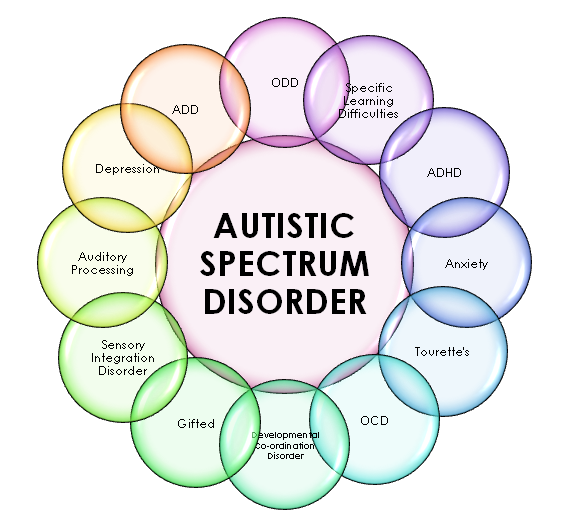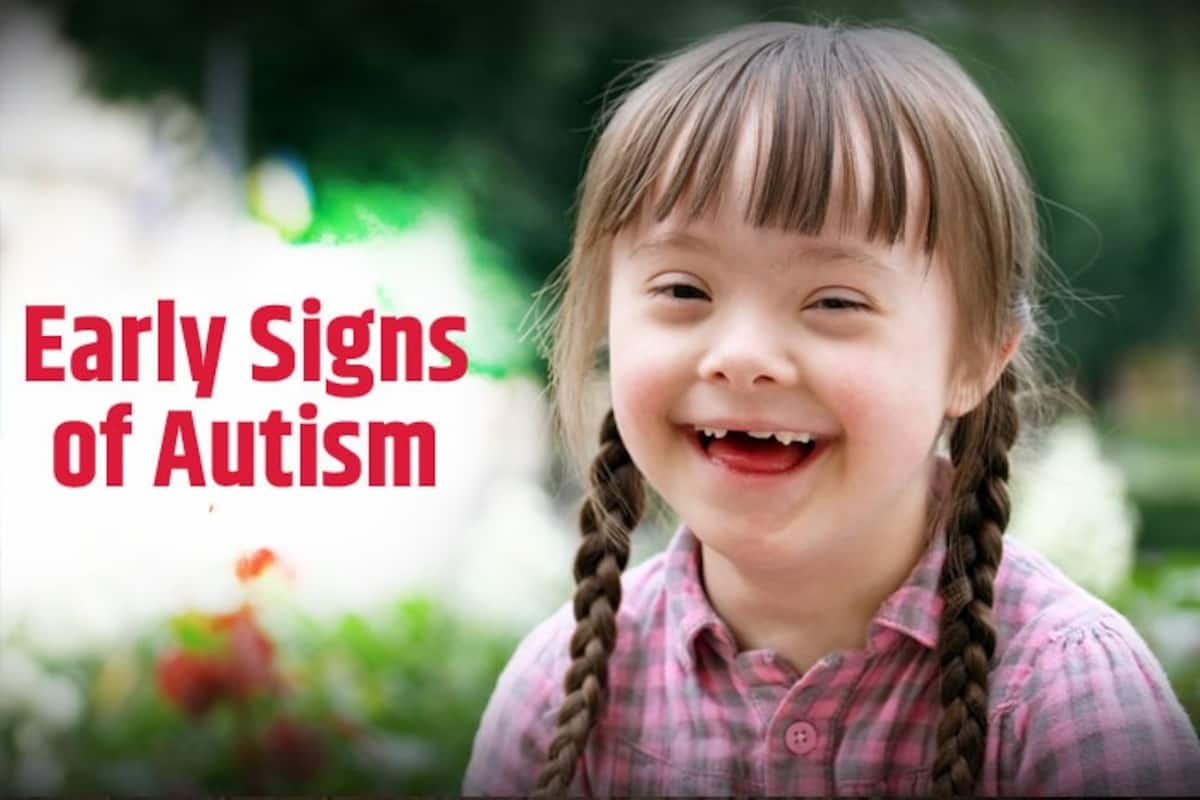Understanding the Spectrum: A Comprehensive Guide to Autism Understanding
Understanding the Spectrum: A Comprehensive Guide to Autism Understanding
Blog Article
Checking Out Autism: Methods for Reliable Interaction and Interaction
Reliable communication and communication with individuals on the autism range require a comprehensive understanding of their unique demands and preferences. The details of these methods disclose additional factors to consider that merit expedition, especially in just how they can be adapted to varied contexts and individual experiences.
Comprehending Autism Range Condition
Autism Range Disorder (ASD) includes a variety of neurodevelopmental conditions identified by difficulties in social communication, communication, and repeated actions. The term "spectrum" shows the varied manifestations and differing levels of seriousness experienced by people with ASD. While some might exhibit considerable disabilities, others may present high-functioning characteristics, enabling greater self-reliance in life.
The onset of ASD generally occurs in early youth, with indications frequently identifiable by age 2. Very early indications may consist of postponed speech advancement, limited eye call, and troubles in recognizing social hints. Although the exact etiology of ASD continues to be unclear, research recommends a mix of environmental and genetic elements plays an important role in its development.
As an outcome, interventions and support tailored to private demands are crucial for promoting communication and social abilities. Acknowledging the complexity of ASD is essential for promoting recognition, approval, and effective methods that help with significant communications with individuals on the range.

Relevance of Clear Interaction
Reliable interaction is crucial for promoting understanding and connection, particularly for people with Autism Spectrum Disorder (ASD) Clear communication not just promotes social communications however also boosts the individual's ability to express their requirements, ideas, and emotions. For individuals with ASD, the subtleties of language can commonly be challenging; therefore, making use of unambiguous and uncomplicated language is necessary.
Additionally, clear communication helps lower irritation and anxiety that might emerge from misconceptions. When messages are conveyed in a straight and consistent way, people with ASD are better outfitted to translate details accurately, which can dramatically improve their social involvement and participation in different settings.
Developing regimens and using visual assistances can further boost clear interaction. These techniques supply people with predictable frameworks that help understanding and retention of information. In addition, actively being and paying attention patient during communications advertises a supportive environment where individuals with ASD feel valued and comprehended.
Inevitably, prioritizing clear communication not only equips individuals with ASD but likewise promotes even more purposeful links with their peers, caregivers, and the larger area, leading the way for inclusive interactions and collective connections. - autism
Non-Verbal Communication Techniques
Communication extends beyond words, and for individuals with Autism Spectrum Disorder (ASD), non-verbal hints play a substantial duty in communications. Non-verbal interaction strategies can consist of faces, motions, body movement, and eye contact, every one of which function as essential parts for sharing intentions and feelings.
Comprehending and translating these non-verbal signals can improve interactions with individuals with ASD. A warm smile or open position can create an inviting environment, urging involvement. Similarly, using aesthetic help-- such as photo cards or signs-- can connect communication voids and assist convey messages more effectively.
It is likewise try here essential to be conscious of personal room, as people with ASD may have different comfort levels concerning proximity. Observing their responses to physical nearness can inform appropriate changes.

Developing Helpful Environments
Developing a helpful environment is critical for cultivating favorable communications and enhancing the health of individuals with Autism Spectrum Condition (ASD) Such environments can dramatically minimize anxiousness and develop a sense find more info of safety and security, enabling people to reveal themselves more easily.
To achieve this, it is necessary to think about sensory sensitivities that people with ASD may experience. Changing the physical space to consist of soft lighting, very little history noise, and comfy seating can produce a calming ambience. In addition, using consistent routines and clear visual schedules can assist people anticipate shifts and lower uncertainty, more promoting convenience.
Social rooms ought to be structured to lessen frustrating stimuli while supplying possibilities for involvement in preferred activities. Promoting areas assigned for peaceful time can additionally function as a sanctuary throughout minutes of tension. Notably, incorporating elements of option equips people, permitting them to exercise company in their setting.

Motivating Social Communications
Fostering social communications among individuals with Autism Range Disorder (ASD) needs intentional techniques that focus on convenience and engagement. Developing predictable routines can aid decrease anxiety, making social settings extra approachable. Developing organized atmospheres with specified responsibilities and functions enables people to engage without the overwhelming stress of disorganized social characteristics.
Incorporating rate of interests and toughness into social activities can function as a stimulant for interaction. Organizing group tasks around shared hobbies or subjects of fascination can promote natural additional hints discussions and connections. Furthermore, making use of aesthetic supports, such as pictorial schedules or social scripts, can help in recognizing social signs and assumptions.
Designing appropriate social behaviors is vital - autism. Peers and adults need to show reliable interaction strategies, consisting of energetic listening and turn-taking. Role-playing situations can likewise supply a safe space for people to practice these skills
Lastly, fostering peer relationships via comprehensive techniques is crucial. Urging comprehensive playdates or team trips can create opportunities for socialization in a comfy setting. By carrying out these strategies, instructors and caretakers can significantly boost social communications for people with ASD, promoting their total social advancement and well-being.
Conclusion
In final thought, reliable interaction and interaction strategies are essential for sustaining individuals with Autism Spectrum Condition. Eventually, these methods encourage people with autism to browse social landscapes, advertising their total health and enabling the development of long lasting connections.
Efficient interaction and communication with people on the autism range demand a detailed understanding of their unique needs and preferences. Clear communication not only facilitates social interactions but also enhances the individual's capability to share their demands, ideas, and feelings.Fostering social communications amongst people with Autism Range Problem (ASD) calls for willful approaches that focus on comfort and engagement. By executing these approaches, teachers and caregivers can significantly boost social interactions for individuals with ASD, advertising their overall social growth and well-being.
In verdict, efficient communication and communication techniques are vital for supporting people with Autism Spectrum Problem.
Report this page